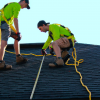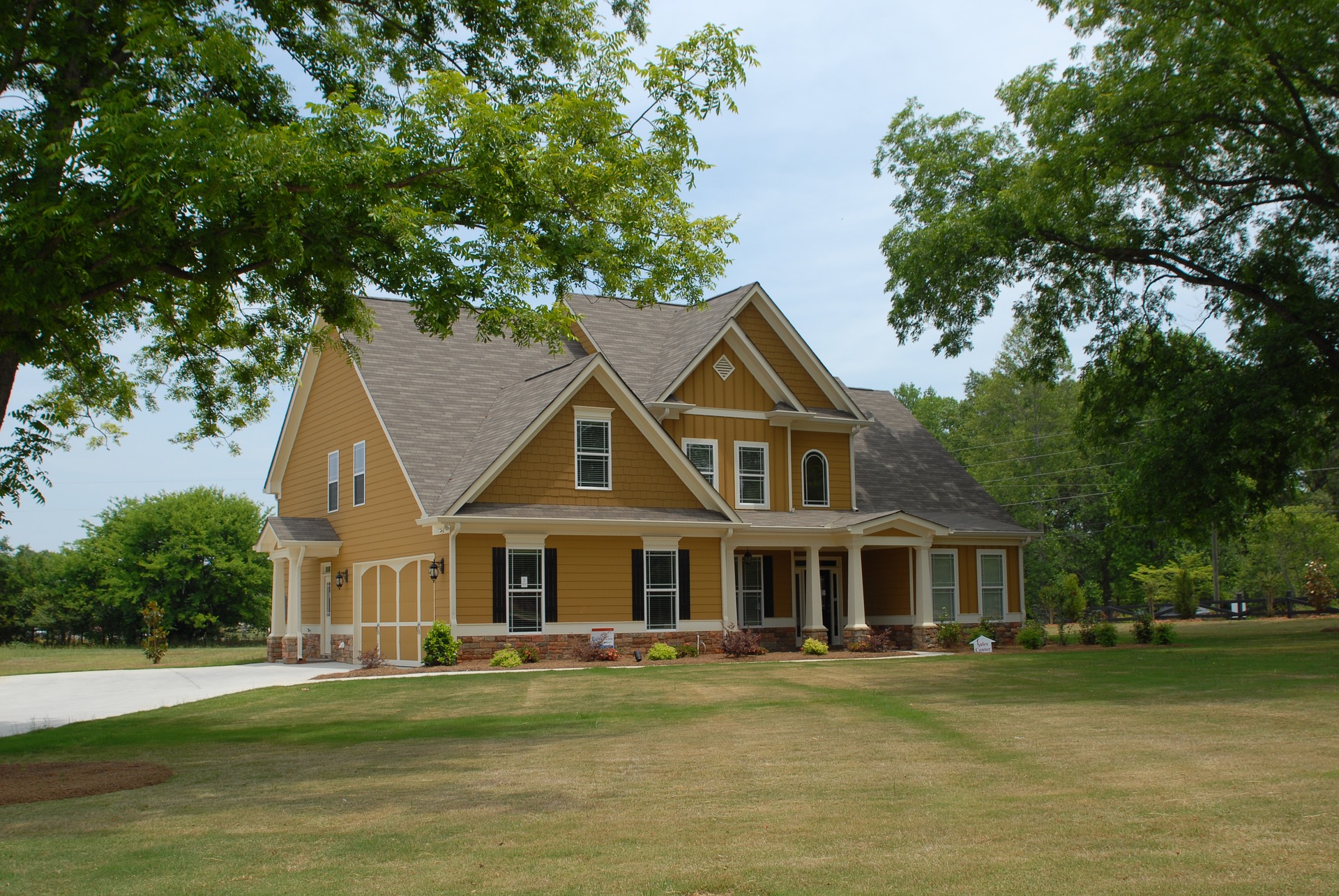Do you own a house, and are you considering buying another one? The purchase of a second home is usually decided to enjoy a rest or family vacation.
Having a second home is a dream that many families want to have, and the summer can be an ideal time to choose that desired home. A second house offers the possibility of unique moments, especially in summer.
These are the benefits of buying a house for a vacation or another household. But before decision, do the following:
Think About your Goals
You may want a holiday home that you can visit during the holidays. Alternatively, maybe after your retirement, you might want to lay back and enjoy your retirement years. This can also be a vacation home, which you can leave for your children after you pass away.
If you are looking for tax deductions as an incentive for buying your second house, you are doing it right. However, a lot of it boils down to how you are going to use the second home. There are differences in insurance coverage when it comes to a second home.
A vacation home cannot be brought like an investment that will generate income. The difference can run into thousands of dollars. So, before you purchase a second house, you must settle this debate.
Thoroughly go Through the Actual Figures and Numbers
To begin with, you need to consider the mortgage factor. You really need to decide whether you want to invest your life’s savings as a down payment. You also need to plan on where the second mortgage might come from.
If you are sorted on the above two fronts, you need to start considering other avenues of additional expenditure that you might incur for your second home.
These might include issues like-
- Taxes on Property.
- Insurance of the house.
- House Maintenance Annual Charges.
- Redesign and repair.
- Furniture and fees for property management.
What will your tax depend on what kind of property you are planning to buy? Before you do anything, it would be wise to seek an expert opinion from a tax professional.
He will be able to give you the complete picture of any financial expenditures you might be facing in the future.
You might also be interested in knowing whether you will get tax breaks or interest deductions on your new home.
Establish a Budget
Establishing a budget for the purchase of a second home is important because it will be key when calculating the mortgage fee. The budget should include the initial expenses of buying a house. Choose several areas to track to find your second home.
It is important to be clear about what use will be given to the Property and, depending on that, choose the area. Do not focus only on one geographical location; consider several options and make sure you have the necessary services for the purpose of buying the house.
The distance will be important since you will always be able to use your second home whenever you feel like it.
Know your Mortgage Options
A bigger chunk of the payment is made at the down payment stage, which ensures fewer monthly installments.
This, in turn, will make your borrowing from the bank of a lesser denomination. However, there is a huge difference in the interest rates of loans for primary residences and households deemed vacation homes.
One expert you should see is a Loan Officer. This professional is the best person to aid and advise you on your requirements. He will also be the best person to tell you about the qualifications required for the loan processing stage.
The typical procedure involves the loan officer appraising your current economic status and suggesting which loan packages will suit you the best. He will also look at your proposed dream home before making the suggestion.
If you apply for a loan at a bank where you are already a customer, you might receive some additional benefits.
The process itself might become easier, as the bank would already be aware of your economic and financial holdings and advise you accordingly.
Beware of Fashionable Places
Every so often, a city becomes a fashionable holiday destination. Be careful with fashionable places among most of the population because they are usually much more expensive and travel to them is complicated.
There are traffic jams to go and to return, queues in the supermarkets, shops, and other businesses, and 100% occupation.
There are some problems arising from going to summer to the best destination.
Renting it Out for Extra Income
Many people justify buying a second home by renting it out when they’re not using it. It can be a good way to cover some expenses, especially in popular vacation spots.
However, it is important to do your homework before diving into this. Some areas have strict regulations regarding short-term rentals.
You should also consider the additional management that comes with renting—a property manager, cleaning fees, and handling guest complaints. Plus, there’s always wear and tear to think about.
But if you play it right, renting could be a significant source of passive income. Just weigh the potential profits against the extra work and possible stress.
However, remember, dealing with tenants can be challenging sometimes. However, you will have that extra. Do you want to deal with tenants on your summer weekends?
Understand the Local Market
Before buying, take a deep dive into the local real estate market. Is it a buyer’s or a seller’s market?
What’s the long-term growth forecast?
These are essential questions because a second home can be a personal retreat, but it’s still an investment. The value of that investment depends heavily on the health of the local market.
Talking to local real estate agents who understand the area’s nuances is key.
They can offer insights into future developments, community trends, and potential shifts in property values. Even things like upcoming infrastructure projects can greatly impact your decision.
Think Long-Term
It’s easy to get swept up in the excitement of owning a second home, but it’s wise to think long-term. Your needs today might not be the same in five or ten years.
Consider how flexible the property is. Can it accommodate changes in your life, like starting a family or changing your mobility needs as you age?
Also, consider the costs you might face down the road. Roof replacements, plumbing upgrades, and other big-ticket maintenance items will eventually appear.
Planning for those expenses from the beginning can save a lot of stress.
Be Ready for Unexpected Challenges
Owning a second home isn’t all sunshine and beach days. Unexpected issues will arise.
Things like broken pipes, pests, or dealing with snow removal if it’s in a colder climate.
So, when these problems come up, you’re not always nearby to deal with them immediately.
That’s why having a trusted local contact is important, someone who can check on the property regularly and handle emergencies.
People often overlook these hidden headaches when dreaming about a second home. Be prepared for the unexpected, and it’ll save you a lot of frustration.
Final Thought:
If you are planning to purchase a second house, please be rest assured that it will be a huge life-changing decision for you and your family. However, if you play your cards right, you might just be able to have the most comfortable retirement holiday home. This is where experts can help you make an informed and well-calculated decision.
Read Also:
























